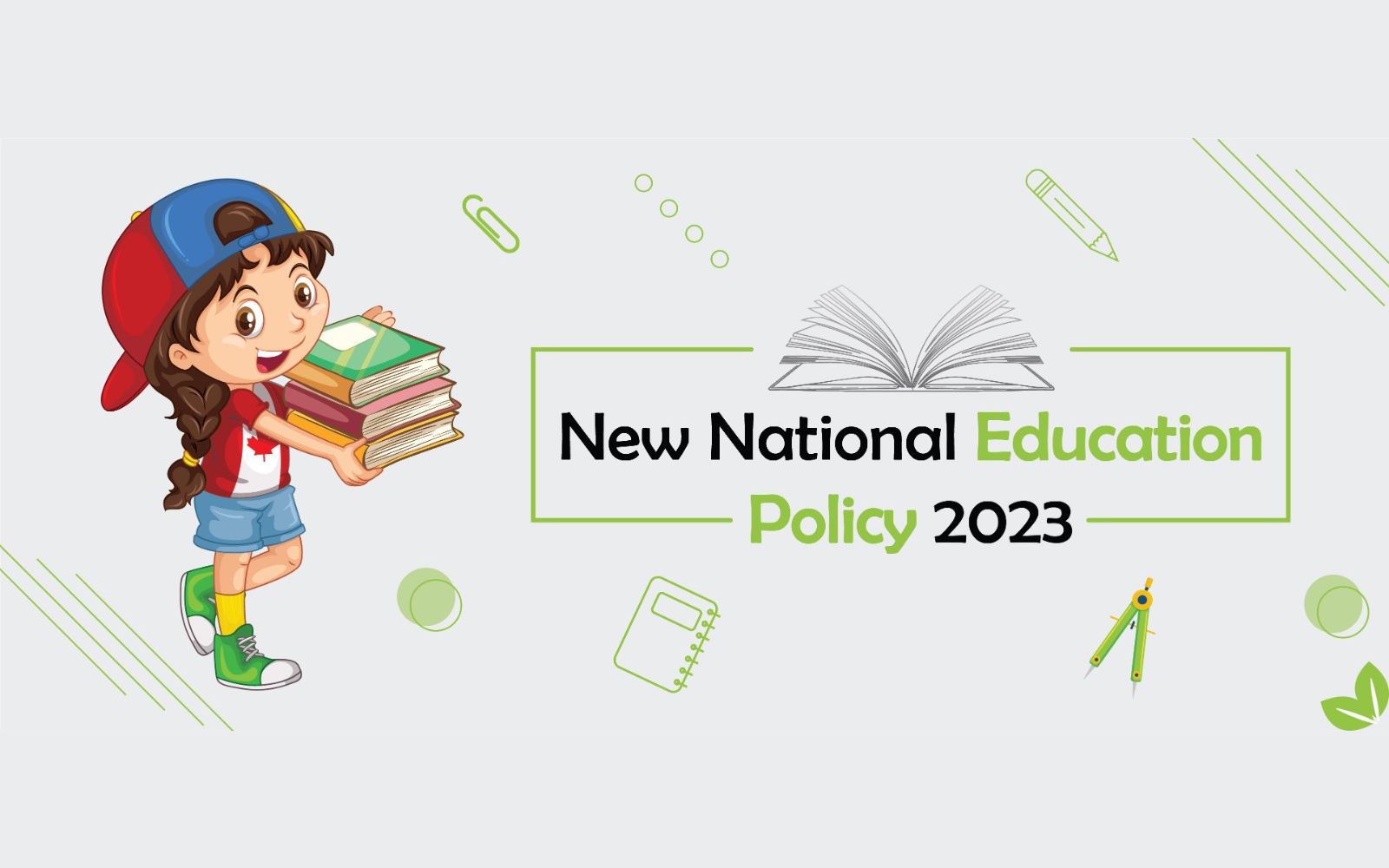New National Education Policy 2023: Embracing the 5+3+3+4 Structure for a Transformative Educational Landscape
The New National Education Policy (NEP) 2023 marks a significant milestone in India's educational landscape. One of its notable features is the introduction of the 5+3+3+4 structure, which aims to redefine the education system from foundational to higher levels. This blog explores the NEP's 5+3+3+4 structure, its importance, and the potential benefits it holds for students, educators, and the nation as a whole. The 5+3+3+4 structure represents the revamped framework for school education in India. It organizes schooling into four stages: Foundational (ages 3-8), Preparatory (ages 8-11), Middle (ages 11-14), and Secondary (ages 14-18). The earlier 10+2 structure has been replaced to align with global standards and better cater to the developmental needs of children. This new structure recognizes the importance of early childhood education and places emphasis on a holistic, skill-based approach throughout the schooling years.
The 5+3+3+4 structure is important for several reasons. Firstly, it acknowledges the significance of early childhood education in laying a strong foundation for lifelong learning. It recognizes the formative years from ages 3 to 8 and provides an integrated and inclusive approach to early childhood care and education. Additionally, it offers a more flexible and learner-centric system, promoting critical thinking, creativity, and problem-solving skills. By aligning with global standards, it enhances the mobility and global competitiveness of Indian students.
The 5+3+3+4 structure holds immense potential for the educational landscape in India. Firstly, it allows for a seamless transition from one stage to another, ensuring a coherent and continuous learning experience. The focus on early childhood education in the Foundational stage helps in nurturing essential cognitive, social, emotional, and physical skills. It enables children to develop a strong base for future learning and holistic development.
Moreover, the structure promotes a multidisciplinary and experiential learning approach, encouraging students to explore their interests and talents. This will help in the holistic development of students and cater to diverse learning needs. The new structure also offers opportunities for vocational education and skill development during the Secondary stage, preparing students for employment and entrepreneurship. This aligns with the evolving demands of the job market and boosts the employability of Indian youth. Additionally, the 5+3+3+4 structure emphasizes the integration of technology, ensuring that students are digitally competent and prepared for the digital age.
The introduction of the 5+3+3+4 structure in the New National Education Policy 2023 is a significant step towards transforming the Indian education system. By recognizing the importance of early childhood education, providing a flexible and inclusive framework, and promoting holistic development, this structure has the potential to revolutionize the learning experience for students. It aligns with global standards, enhances competitiveness, and prepares students for the challenges and opportunities of the 21st century. As we embrace the NEP's 5+3+3+4 structure, we lay the foundation for an education system that fosters creativity, critical thinking, and lifelong learning, ultimately empowering our students to excel and contribute to the nation's progress.

